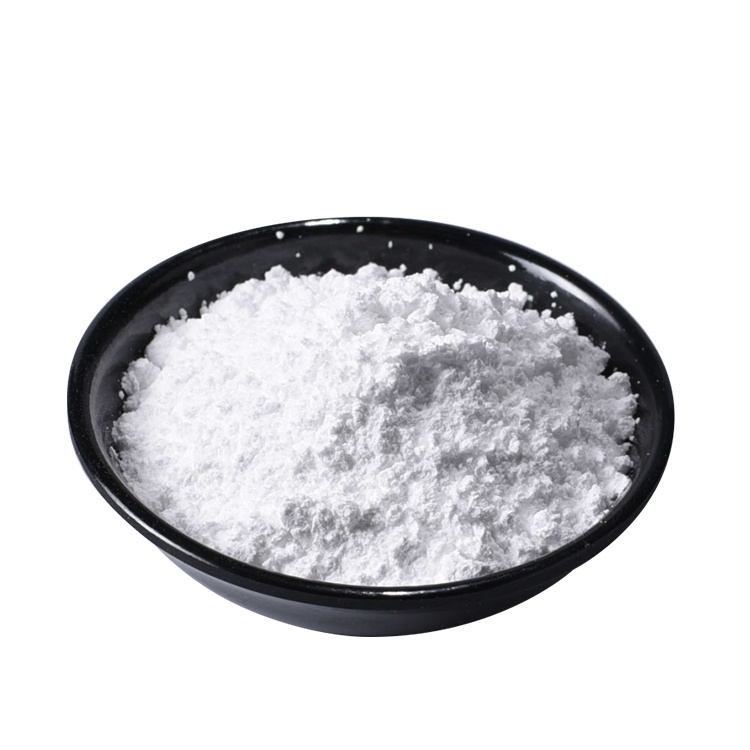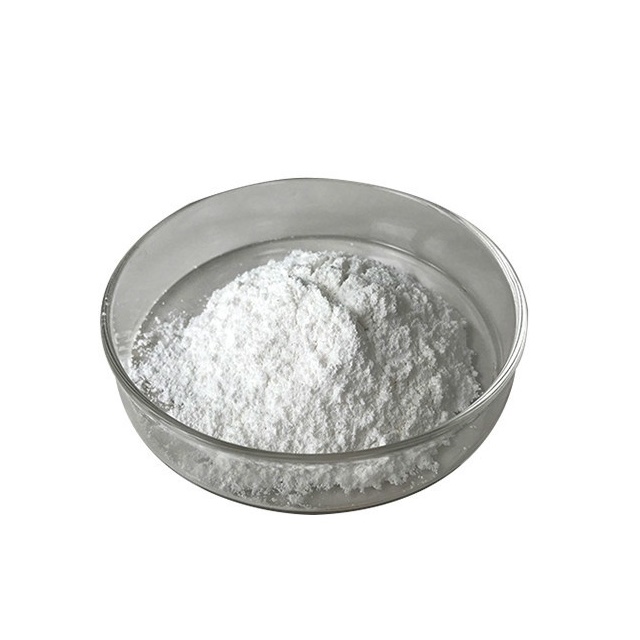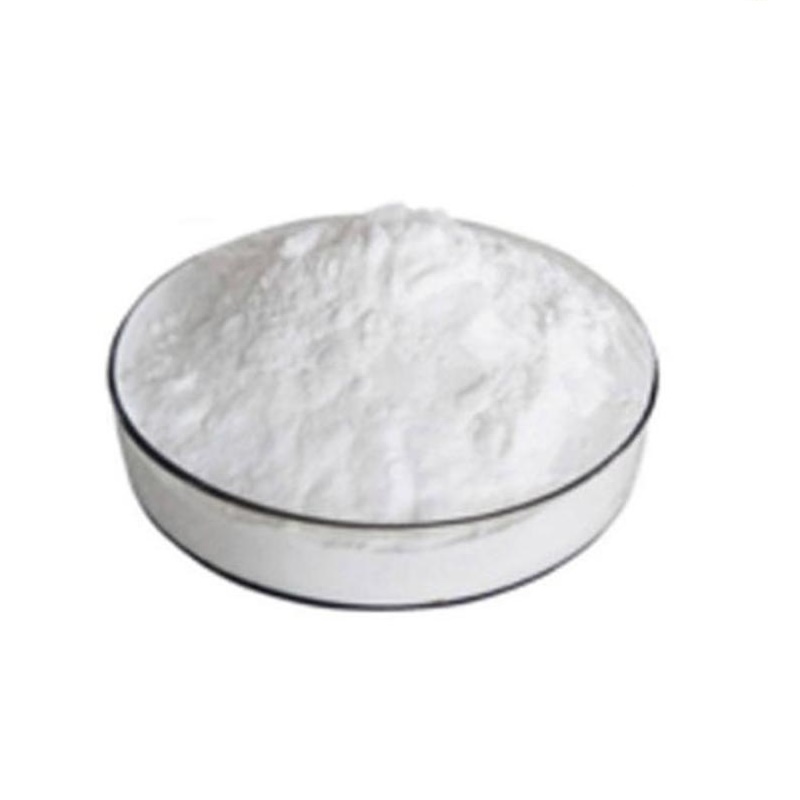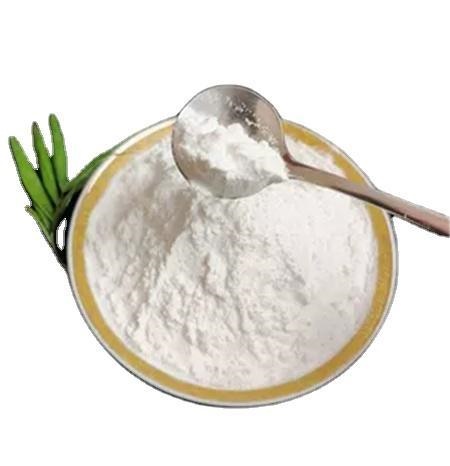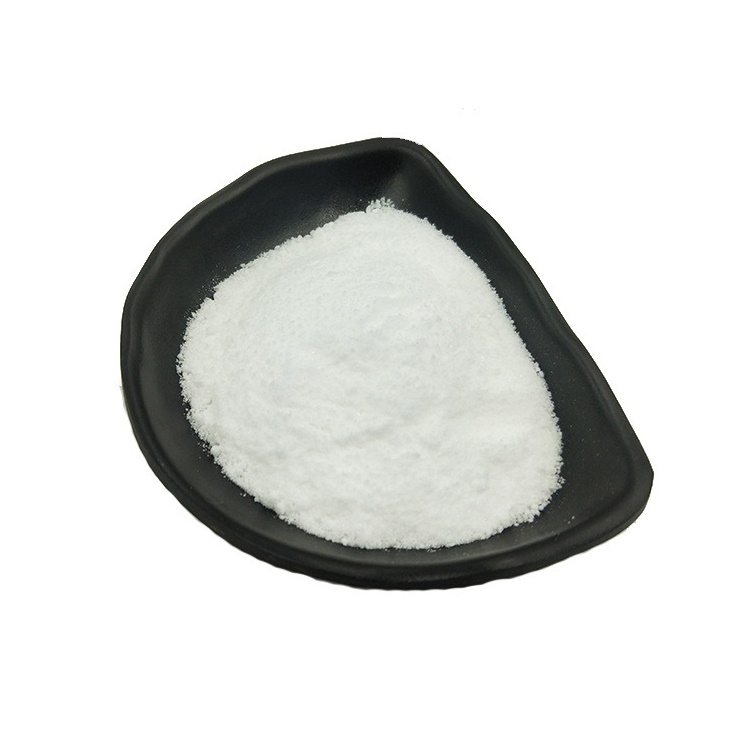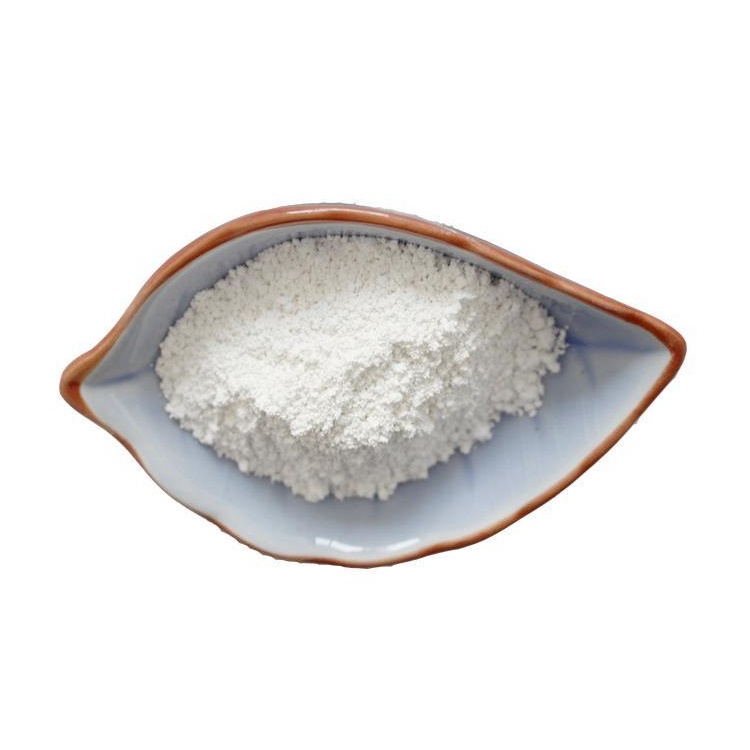

Hinokitiol CAS 499-44-5
——————
CAS number : 499-44-5
molecular formula : C10H12O2
EINECS : 207-880-7
——————
Email : info@deshangchem.com
Mobile : +86-13153039501
TEL : +86-531-88752665
CAS number:499-44-5
molecular formula:C10H12O2
molecular weight:164.2
EINECS number:207-880-7
English synonyms
HINOKITIOL;BETA-THUJAPLICIN;BETA-THUJAPLICINE;B-THUJAPLICIN;2-HYDROXY-4-ISOPROPYLCYCLOHEPTA-2,4,6-TRIEN-1-ONE;2-HYDROXY-4-ISOPROPYL-2,4,6-CYCLOHEPTATRIEN-1-ONE;2-HYDROXY-4-ISOPROPYL-2,4,6-CYCLOHEPTATRIENE;2-hydroxy-6-isopropyl-cyclohepta-2,4,6-trien-1-one
Related categories
Plant extracts; ketones; Chinese medicine reference substances; biochemicals; organic chemistry; chemical raw materials; organic raw materials; Zhishang chemical intermediates; Tropolones; Tropolones & Azulenes; cosmetics
Introduction
Hinoki alcohol, also known as hinokitiol, is a natural compound of monoterpenoids with tropolone skeleton extracted by Japanese scientist Anderson in 1948 from the trunk of Hinoki cypress in Taiwan. It belongs to the tropolone family and has good antibacterial properties. It is a high-safety plant ingredient that can be used as an antibacterial and insect repellant. It is the main component of Taiwan Hinoki cypress essential oil. It has a wide range of biological activities and strong bactericidal ability. The minimum inhibitory concentration is 10-100ppm, the smell is fragrant and the effect is good. It can kill bacteria and microbes in the air, prevent pests from invading the human body, and inhibit human pathogenic bacteria. It has been used in the production of shower gel, cosmetics, medicine and other products. The surprising effect of hinokitiol against Staphylococcus aureus (MRSA) has been reported. The bacteria often exist in the skin and respiratory tract of the human body, causing skin infections such as sepsis, peritonitis, food poisoning, boils and abscesses.
| Melting point | 50-52 °C(lit.) |
| Boiling point | 140 °C10 mm Hg(lit.) |
Density | 1.0041 (rough estimate) |
| Refractive index | 1.5190 (estimate) |
| Storage conditions | Sealed in dry,Room Temperature |
| Solubility | Soluble in DMSO (up to 25 mg/ml) or in Ethanol (up to 25 mg/ml). |
| Shape | solid |
| Acidity coefficient(pKa) | 7.06±0.30(Predicted) |
| Color | White |
Merck | 14,9390 |
| Stability | Stable for 1 year from date of purchase as supplied. Solutions in DMSO or ethanol may be stored at -20° for up to 4 months. |
| CAS database | 499-44-5(CAS DataBase Reference) |
● Tyrosinase is the key enzyme in the formation of melanin, which can catalyze the conversion of leptin and dopa into melanin and brown pigment through multiple pathways in the human body, thereby causing freckles, chloasma, and pregnancy spots. In vitro experiments showed that juniperol had a strong inhibitory effect on tyrosinase bisphenolase, and the concentration of juniperol (IC50), which decreased the enzyme activity by 50%, was 0.3umol/l when dopa was used as the substrate. Its inhibitory effect is a reversible process, indicating that juniperol only inhibits the activity of tyrosinase without causing permanent inactivation of the enzyme. The good regulation mechanism of hinokitiol on tyrosinase in melanocytes is closely related to its structure. The ketone structure can combine with the copper atom of the active center of tyrosinase to form a tight complex, which leads to the decrease of the catalytic activity of tyrosinase, which is the main way it inhibits the activity of tyrosinase; at the same time, juniperol The hydroxy and ketone structures on the tyrosinase can also combine with the tyrosinase-substrate complex (ES) to form a ternary complex to regulate the formation of melanin.
● Synthesized from methoxycycloheptatriene via isopropylcycloheptatrienone and aminoisopropylcycloheptatrienone.
● Synthesis of juniperol from carvone through six-step reactions including epoxidation and acetalization.
● Convert isopropylcyclohexanone or isopropylcyclohexenone into hydroxy nitrile, prepare isopropylcycloheptanone in two steps, and then prepare by oxidation, bromination and dehydrobromination.
● The bromocycloheptatrienone reacts with an organic compound and is then synthesized by catalytic hydrogenation.
● Isopropylcyclopentadiene is prepared by addition of cyclopentadiene and a dichloroketene, and then solvolysis is carried out to synthesize juniper alcohol through three-step reaction.
The first four preparation methods have too many steps in the synthetic route or the raw materials are difficult to obtain, so they cannot actually be industrially produced. Therefore, researches on the fifth synthetic method have been mainly concentrated in recent years.
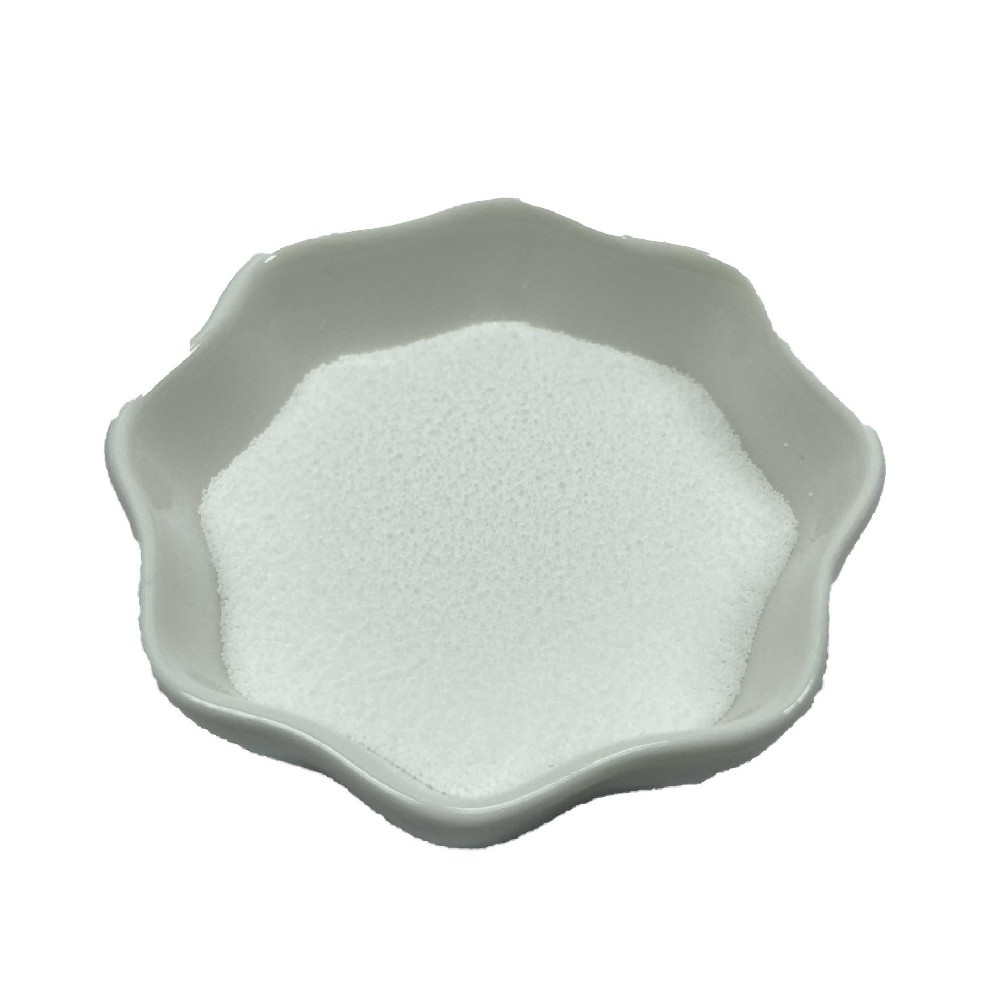
Hinokitiol CAS 499-44-5
CAS number:499-44-5
molecular formula:C10H12O2
molecular weight:164.2
EINECS number:207-880-7
English synonyms
HINOKITIOL;BETA-THUJAPLICIN;BETA-THUJAPLICINE;B-THUJAPLICIN;2-HYDROXY-4-ISOPROPYLCYCLOHEPTA-2,4,6-TRIEN-1-ONE;2-HYDROXY-4-ISOPROPYL-2,4,6-CYCLOHEPTATRIEN-1-ONE;2-HYDROXY-4-ISOPROPYL-2,4,6-CYCLOHEPTATRIENE;2-hydroxy-6-isopropyl-cyclohepta-2,4,6-trien-1-one
Related categories
Plant extracts; ketones; Chinese medicine reference substances; biochemicals; organic chemistry; chemical raw materials; organic raw materials; Zhishang chemical intermediates; Tropolones; Tropolones & Azulenes; cosmetics
Introduction
Hinoki alcohol, also known as hinokitiol, is a natural compound of monoterpenoids with tropolone skeleton extracted by Japanese scientist Anderson in 1948 from the trunk of Hinoki cypress in Taiwan. It belongs to the tropolone family and has good antibacterial properties. It is a high-safety plant ingredient that can be used as an antibacterial and insect repellant. It is the main component of Taiwan Hinoki cypress essential oil. It has a wide range of biological activities and strong bactericidal ability. The minimum inhibitory concentration is 10-100ppm, the smell is fragrant and the effect is good. It can kill bacteria and microbes in the air, prevent pests from invading the human body, and inhibit human pathogenic bacteria. It has been used in the production of shower gel, cosmetics, medicine and other products. The surprising effect of hinokitiol against Staphylococcus aureus (MRSA) has been reported. The bacteria often exist in the skin and respiratory tract of the human body, causing skin infections such as sepsis, peritonitis, food poisoning, boils and abscesses.
| Melting point | 50-52 °C(lit.) |
| Boiling point | 140 °C10 mm Hg(lit.) |
Density | 1.0041 (rough estimate) |
| Refractive index | 1.5190 (estimate) |
| Storage conditions | Sealed in dry,Room Temperature |
| Solubility | Soluble in DMSO (up to 25 mg/ml) or in Ethanol (up to 25 mg/ml). |
| Shape | solid |
| Acidity coefficient(pKa) | 7.06±0.30(Predicted) |
| Color | White |
Merck | 14,9390 |
| Stability | Stable for 1 year from date of purchase as supplied. Solutions in DMSO or ethanol may be stored at -20° for up to 4 months. |
| CAS database | 499-44-5(CAS DataBase Reference) |
● Tyrosinase is the key enzyme in the formation of melanin, which can catalyze the conversion of leptin and dopa into melanin and brown pigment through multiple pathways in the human body, thereby causing freckles, chloasma, and pregnancy spots. In vitro experiments showed that juniperol had a strong inhibitory effect on tyrosinase bisphenolase, and the concentration of juniperol (IC50), which decreased the enzyme activity by 50%, was 0.3umol/l when dopa was used as the substrate. Its inhibitory effect is a reversible process, indicating that juniperol only inhibits the activity of tyrosinase without causing permanent inactivation of the enzyme. The good regulation mechanism of hinokitiol on tyrosinase in melanocytes is closely related to its structure. The ketone structure can combine with the copper atom of the active center of tyrosinase to form a tight complex, which leads to the decrease of the catalytic activity of tyrosinase, which is the main way it inhibits the activity of tyrosinase; at the same time, juniperol The hydroxy and ketone structures on the tyrosinase can also combine with the tyrosinase-substrate complex (ES) to form a ternary complex to regulate the formation of melanin.
● Synthesized from methoxycycloheptatriene via isopropylcycloheptatrienone and aminoisopropylcycloheptatrienone.
● Synthesis of juniperol from carvone through six-step reactions including epoxidation and acetalization.
● Convert isopropylcyclohexanone or isopropylcyclohexenone into hydroxy nitrile, prepare isopropylcycloheptanone in two steps, and then prepare by oxidation, bromination and dehydrobromination.
● The bromocycloheptatrienone reacts with an organic compound and is then synthesized by catalytic hydrogenation.
● Isopropylcyclopentadiene is prepared by addition of cyclopentadiene and a dichloroketene, and then solvolysis is carried out to synthesize juniper alcohol through three-step reaction.
The first four preparation methods have too many steps in the synthetic route or the raw materials are difficult to obtain, so they cannot actually be industrially produced. Therefore, researches on the fifth synthetic method have been mainly concentrated in recent years.
Team Presentation

